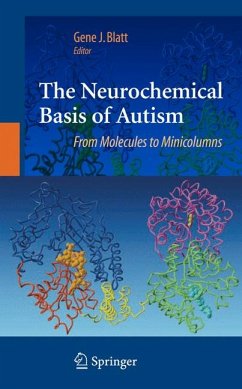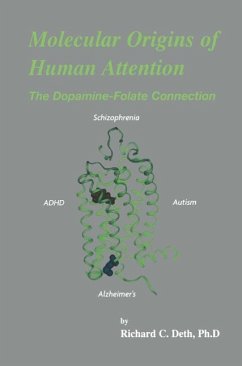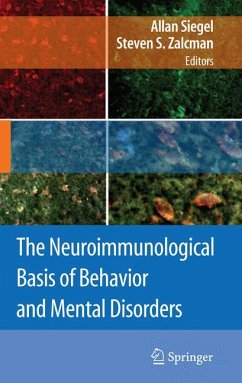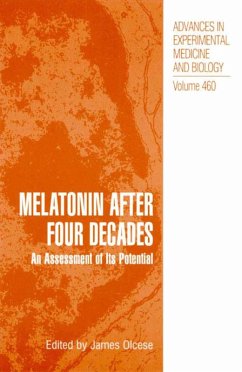
Adaptive and Maladaptive Aspects of Developmental Stress (eBook, PDF)
Versandkostenfrei!
Sofort per Download lieferbar
80,95 €
inkl. MwSt.
Weitere Ausgaben:

PAYBACK Punkte
40 °P sammeln!
Since the very early stages of life, we all experience some form of stress. Stressors can be mild to severe and can range from unsuccessfully longing for maternal milk in infancy, to recklessly wiggling on a motorbike to be on time to watch the NBA finals on TV, to breaking up a relationship.All those events that we call "stress" have the capability of perturbing a given state of psychological and physiological equilibrium and moving it to a different level. The transition from crawling to walking has to be considered a form of stress as much as losing a job.It is through a continuous cross-ta...
Since the very early stages of life, we all experience some form of stress. Stressors can be mild to severe and can range from unsuccessfully longing for maternal milk in infancy, to recklessly wiggling on a motorbike to be on time to watch the NBA finals on TV, to breaking up a relationship.
All those events that we call "stress" have the capability of perturbing a given state of psychological and physiological equilibrium and moving it to a different level. The transition from crawling to walking has to be considered a form of stress as much as losing a job.
It is through a continuous cross-talk between environmental stressors and individual adaptations that we build our personalities and our ways to cope with daily hassles. External challenges should not necessarily be regarded as "bad", but instead seen as constructive forces forming our ability to navigate a changing world.
What is stress good for? What is stress bad for? When and why do we need to be "stressed"? Should we worry about stress? When does stress equate to "normality"? When does it turn into pathology? We hope with this book to provide some answers to these fundamental questions.
All those events that we call "stress" have the capability of perturbing a given state of psychological and physiological equilibrium and moving it to a different level. The transition from crawling to walking has to be considered a form of stress as much as losing a job.
It is through a continuous cross-talk between environmental stressors and individual adaptations that we build our personalities and our ways to cope with daily hassles. External challenges should not necessarily be regarded as "bad", but instead seen as constructive forces forming our ability to navigate a changing world.
What is stress good for? What is stress bad for? When and why do we need to be "stressed"? Should we worry about stress? When does stress equate to "normality"? When does it turn into pathology? We hope with this book to provide some answers to these fundamental questions.
Dieser Download kann aus rechtlichen Gründen nur mit Rechnungsadresse in A, B, BG, CY, CZ, D, DK, EW, E, FIN, F, GR, HR, H, IRL, I, LT, L, LR, M, NL, PL, P, R, S, SLO, SK ausgeliefert werden.













